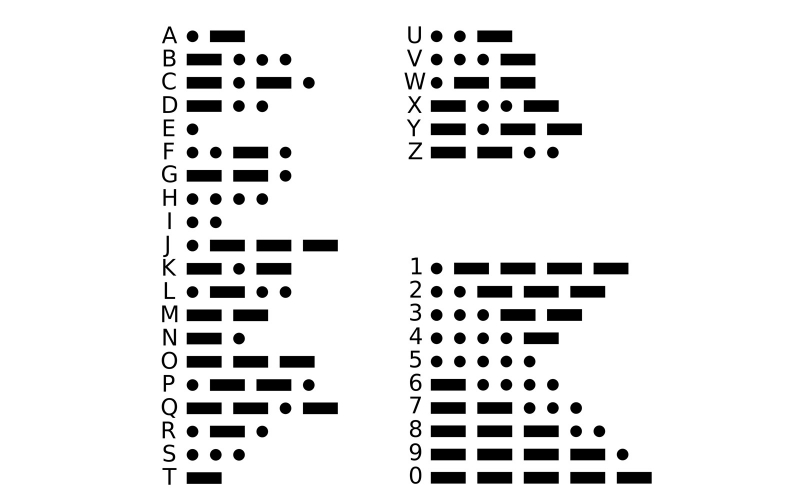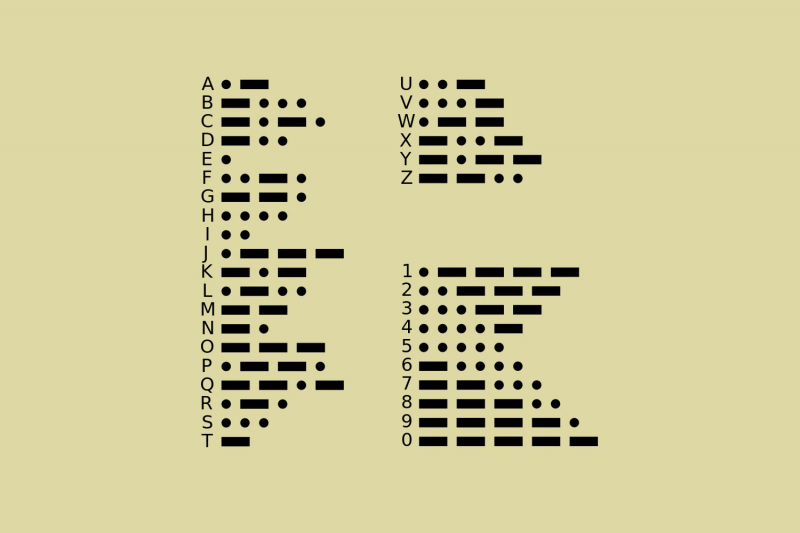Morse Code
In the 1830s, Samuel Morse developed the Morse code as a means of communication. The International Morse Code, a less complex variant that also functioned with languages other than English, eventually supplanted the original version, which used a series of dots, dashes, and blank spaces to represent the alphabet and numbers. Morse Code, and the telegraph system created with it, was the only way to immediately communicate information over extremely great distances prior to the introduction of the telephone.
Warfare was significantly impacted by Morse Code. For the first time, orders could be quickly transmitted to units hundreds of miles away. It marked the start of a new kind and size of conflict, one in which front lines might be extended farther than at any other point in history. During the Second World War, when friendly units used the telegraph and Morse code extensively to share encrypted information, they were very helpful.












